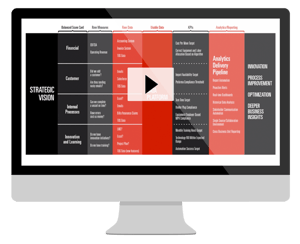How can automation help optimize your terminal operations?
Operations managers at any busy terminal are always looking to improve their terminal operations, optimize utilization of assets and fully leverage the functionality of their terminal operating systems. For example, they want to simplify tasks for onsite personnel, ensure they are getting the most out of their handling equipment, and smoothly incorporate third-party software platforms with their TOS.
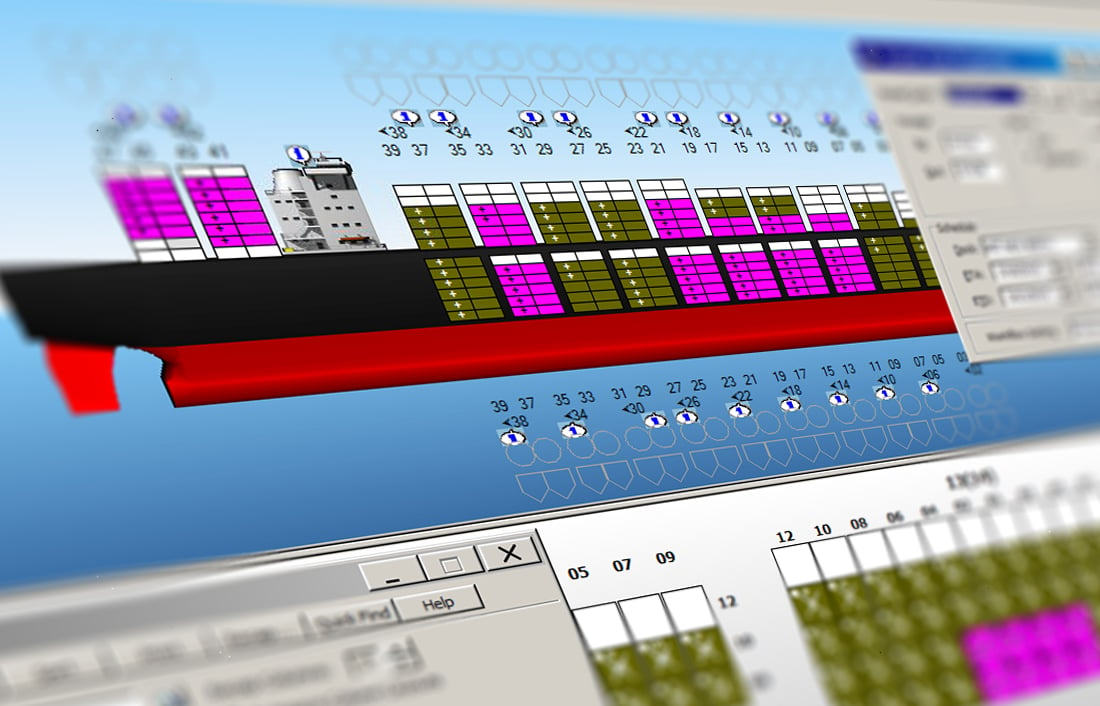
The key performance indicators every terminal operations manager should be monitoring include gate and vessel turn times, yard equipment productivity, cost per move and (not always as intuitive) terminal reputation. Operations managers need complete visibility as containers move into, out of and through their terminal.
A savvy ops professional is aware that data visibility is key in the effort to improve performance but likely feels overwhelmed by information that seems to be coming from all sides. What kind of data points are critical to their operation? What key performance indicators need the most attention? He is all for making informed decisions but needs guidance from a source he can trust.
A little terminal history
Container terminals gradually overtook conventional break-bulk terminals in the 1960s and the shift to containerization created a change in both the site selection and layout of port facilities. A need for new dockside equipment also developed. Unlike their break-bulk predecessors, cellular container ships carried no cranes, so terminal facilities were obliged to furnish shoreside cranes as well as storage and stacking areas for the containers. Ports are handlers of enormous amounts of freight. Trucks bring cargo in from the hinterlands and take incoming cargo away while onsite vehicles transport containers around the terminal area. A large variety of issues and incidents can cause costly delays at the gate, which, if not properly handled, can rile customers and impugn the reputation of the port, outcomes the marine operations manager wants to avoid at all costs.
Understanding the gate experience
The gate experience at a typical, non-automated West Coast terminal provides us with a good example of the process a trucker goes through at most U.S. ports in dropping off an empty container and picking up a full one.
When the truck arrives at the gate, the driver stops at the security checkpoint and shows a federally issued ID card. If cleared, the driver proceeds to the entry pedestal. Only approved trucks are allowed to this point where verification of the driver’s exact mission (drop/pick) is needed for the transaction to occur. Safety and security are of primary importance, and if there are any questions about drop-off or pickup, a trouble ticket will be issued. In that case, the driver will have to park his truck, call the trucking company for verification of his orders and deal with the gate personnel to clear up the issues.
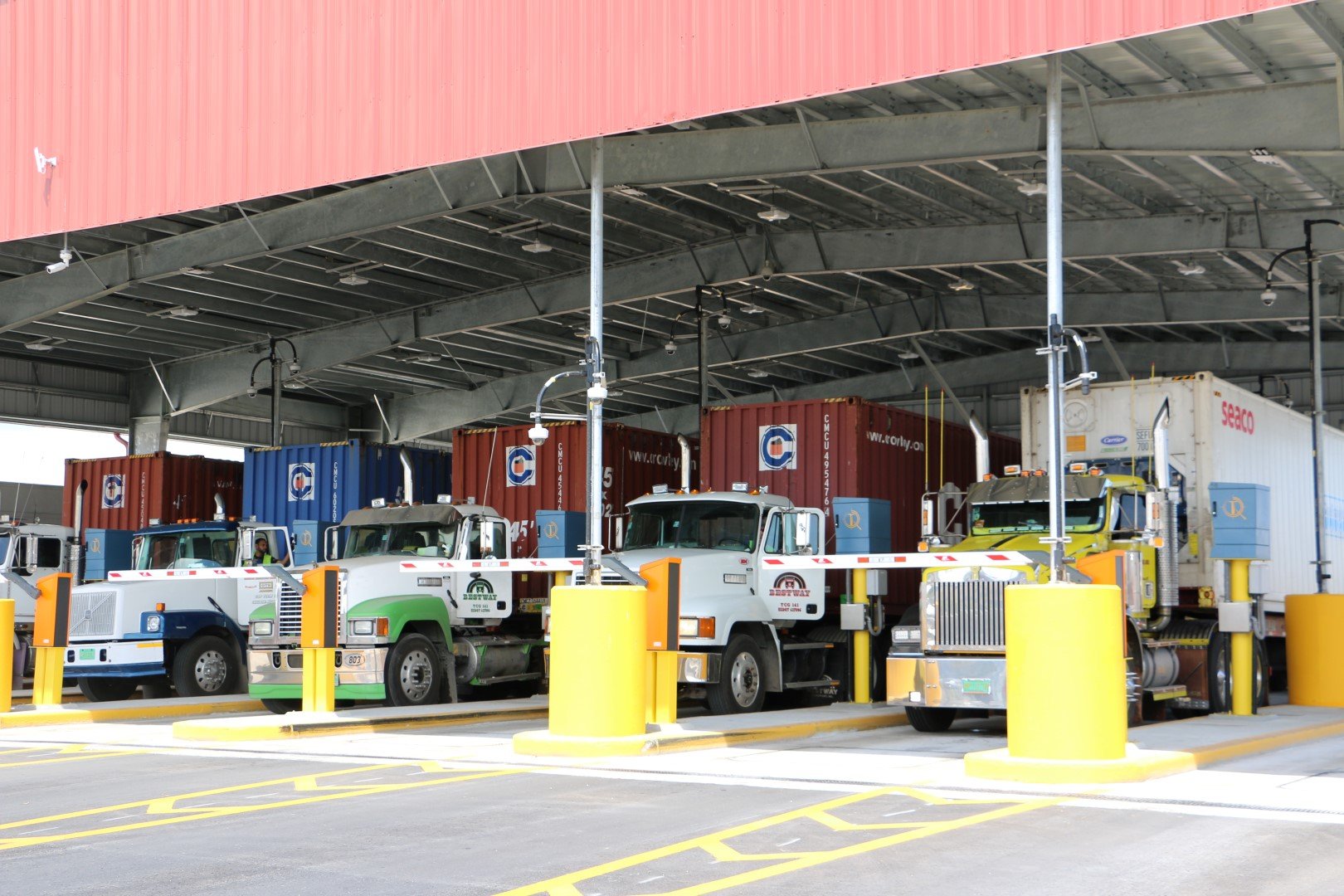
Once cleared, the driver will be directed to the designated location in the yard where equipment removes the container from the truck chassis and stacks it in the yard. Assuming the driver is performing a drop/pick transaction, the driver then proceeds to the designated area for container pickup. This could add significant time to the whole process because the container might have to be retrieved from the bottom of a stack.
Once the container is loaded, the truck continues to the “roadability” area, where the chassis is checked for possible problems. The driver will then proceed to the outgate pedestal where his transaction is confirmed. Finally, the driver must pass through a U.S. CBP-controlled radiation portal monitor before moving on to the last security checkpoint and a final review of documents before leaving the gate area and heading out to the cargo’s destination. On average, the entire experience can easily take 60 minutes or more, but depending on circumstances, the turn time could take an additional one to two hours, perhaps more.
Port congestion issues
Any marine operations manager can tell you that port congestion is extremely commonplace in the world of transportation, involving vessels, truckers, railroads, importers and exporters. There are multiple causes of congestion:
- Seasonal surges in volume of cargo
- Daily suges during “peak” hours
- Unreliable scheduling
- Inefficient cargo stowage
- Lack of sufficient container storage space and resulting yard rehandles
- Shortage of equipment such as cranes
- Weather issues
Issues created by one link in the supply chain often have downstream effects and lead to congestion problems causing bottlenecks in the terminal yard and/or slower gate turn times. One problem can easily sprout from another, resulting in a domino effect of inefficiency.
Automation arrives
Larger vessels carrying more boxes have brought to ports the necessity of deeper channels and berths, larger ship-to-shore cranes, and increased space utilization. In fact, some ports, such as Antwerp and Rotterdam, are actually larger than the adjoining cities. To keep pace with demand, more and more container ports are implementing automation in some or all aspects of their operation. Automation has brought the need for better information control and precise data handling for the safe and reliable movement of cargo.
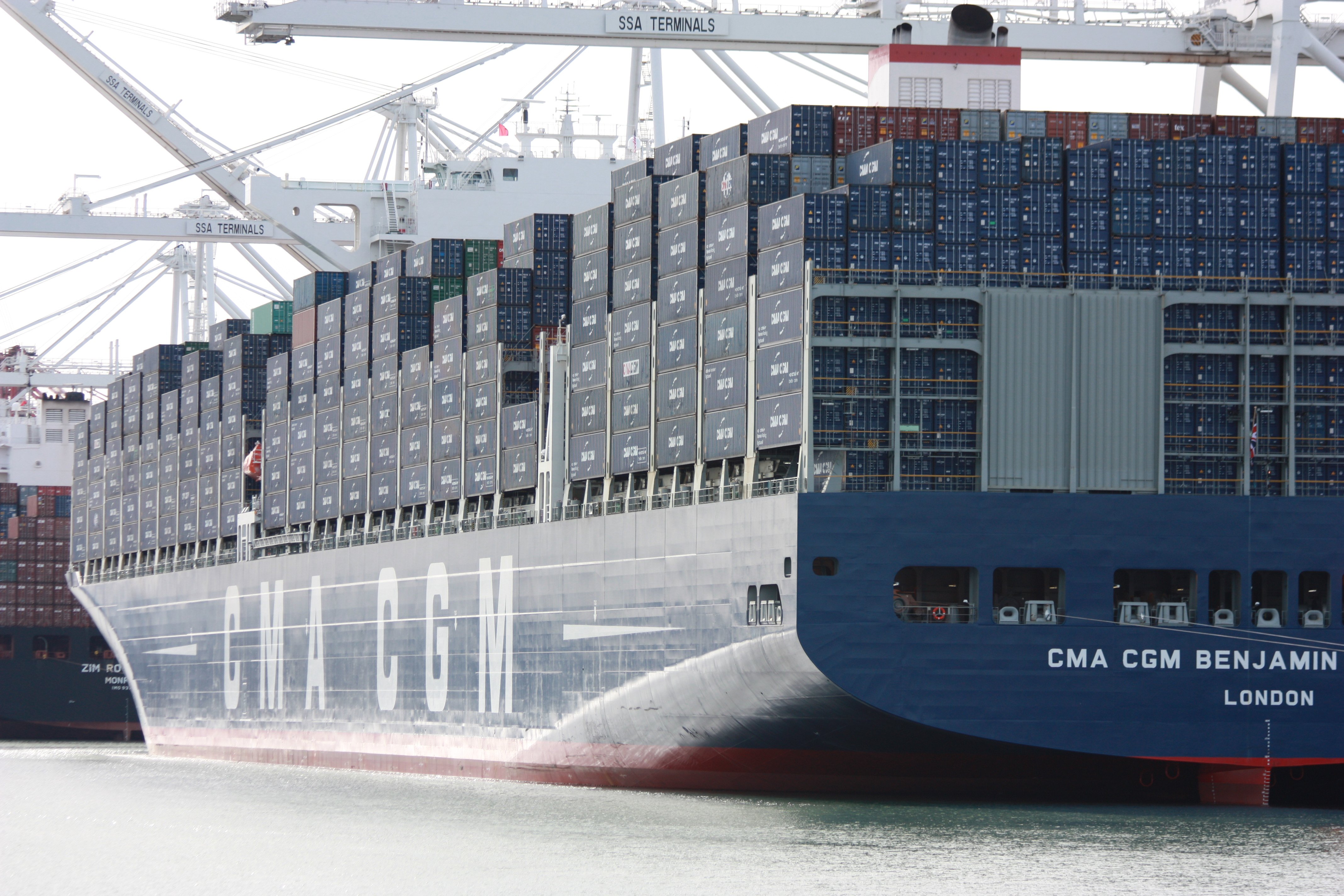
Transparency is essential to customers who want to know where their cargo is at any point on the journey. The automation available in a comprehensive TOS provides this kind of visibility. In addition, the ability to integrate with third-party technologies helps the terminal operator keep current on how systems are performing. Cloud technology is gaining in popularity because of its flexibility, scalability, and reduction in initial outlay as well as IT overhead costs.
Improving gate operations: an illustration
Scaling gate operations at the Baltic Container Terminal, Port of Gdynia, Poland, demonstrates how an automated system can dramatically reduce gate transaction times. Before the new gate system was implemented, truck drivers had to park their vehicles and take a handful of documents to an office to be verified. Then a clerk had to inspect the containers they carried, print a ticket and show the truckers’ paperwork to a security officer, a process that took about 30 minutes. The development of a custom solution for the port focused on automating both gate and rail transactions and provided full integration with the terminal operating system. Now the automated gate system is completely paperless and has reduced the gate transaction time from 30 to about 3 minutes.
Data integration issues solved
Another example of state-of-the-art automation success occurred at Panama’s Manzanillo International Terminal, which is located on the Atlantic side of the Panama Canal. The operations staff there ran into two major problems. First, the terminal operating system did not have the ability to integrate data from other systems. Second, the staff needed to access TOS data without adversely affecting TOS performance and system speed. To make decisions in real time, port operations personnel also needed to monitor truck turn times, automated stacking crane productivity and similar operational metrics, simultaneously. They wanted to store years of historical information and organize KPIs into a single dashboard.
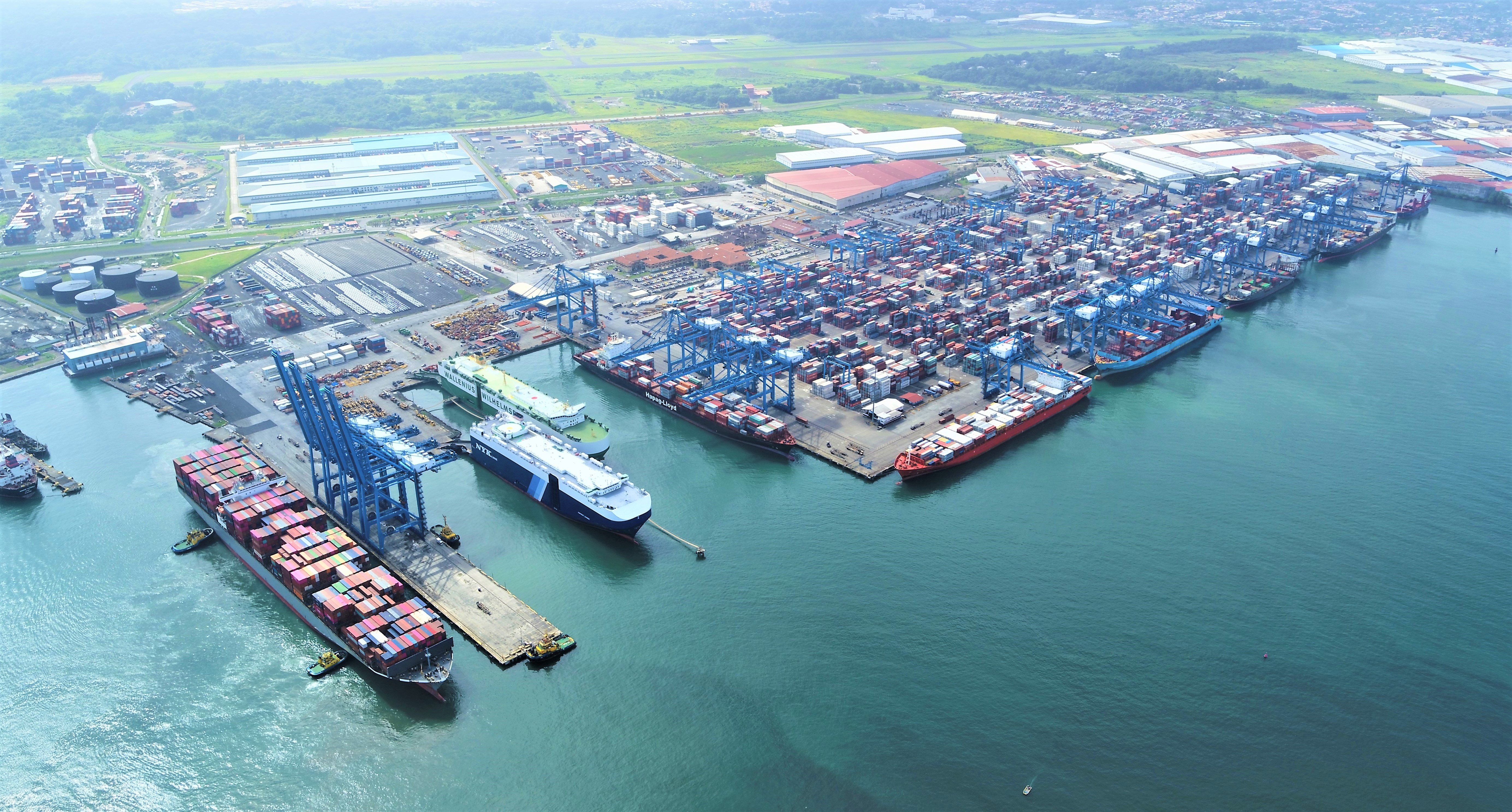
A solution designed to fit
The answer to the MIT problems was a combination real-time and historical data platform that provided one-stop data consolidation. Configured to suit the needs of this particular marine terminal, the platform was user-friendly, even for non-technical staff, and users quickly discovered that the ability to bring pertinent data up in a single location allowed for quick decision-making. Since the platform provides access to both real-time and historical data, staff can create KPIs, evaluate performance trends for equipment and operators, share reports with customers and better manage overall terminal operations. The new platform works seamlessly with the TOS, has the ability to bring in additional data sets from third-party systems, and has brought improved system performance and data accuracy to MIT operations.
Disruptions in operations are inevitable
Despite the best terminal operator’s greatest efforts, occasional disruptions in service at a marine terminal are inevitable and may result from a variety of issues, including:
- Malfunction of lift equipment
- Yard equipment assets being reallocated to accommodate operational priorities
- An influx of too many trucks in the yard at any one time
- Shift changes
- A delay in vessel arrival
- Communication errors between drivers and equipment operators
Managing the disruptions
The newest, fastest and most reliable technology can help a frustrated operations manager and staff stay on track using real-time information derived from all areas: dockside, gates and, of course, the terminal yard. On a single, self-service dashboard, operations staff can access yard metrics, such as inventory, dwell time, throughput information by line and equipment productivity. Gate information can include turn times by trucker and gate transaction type, shift productivity by lane, and number and type of gate errors, all in real time. Vessel visits, service performance, delays, crane productivity and berth utilization are among the vessel metrics available.

Looking ahead
If you are an operations manager at a marine facility—or an IT professional who simply wants smoother sailing in terms of getting the job done—you need to identify the pressure points and determine what, in an ideal world, is the best way to fix them. You need the ability to capture data that can help you make improvements to terminal operations. Among the top goals on your to-do list may be to reduce gate turn times or cut down on bottlenecks in the container yard. You may be looking to streamline the integration required to keep stakeholders up to date on the whereabouts of their cargo. You want to take advantage of technology that will free up your staff for work that is more important than running and pouring over static reports. Whatever your objectives, the ability to collect information as events occur and leverage it to your optimal advantage is a large part of managing a more efficient marine terminal operation in the midst of ever-changing conditions.
Have questions on how to use technology to make your terminal run more efficiently? Tideworks is here to help! Contact us today and we'll be happy to guide you through the process.



